Market Growth Projections
The Global Human Liver Model Market Industry is poised for remarkable growth, with projections indicating a market value of 1.15 USD Billion in 2024 and an anticipated increase to 5.23 USD Billion by 2035. This growth trajectory suggests a compound annual growth rate of 14.77% from 2025 to 2035, highlighting the increasing adoption of human liver models across various sectors. The expansion is driven by factors such as advancements in biotechnology, regulatory support for alternative testing methods, and a growing focus on personalized medicine. These dynamics collectively indicate a robust future for the industry, as stakeholders recognize the critical role of human liver models in enhancing drug development processes.
Advancements in Biotechnology
Technological advancements in biotechnology are significantly influencing the Global Human Liver Model Market Industry. Innovations in 3D bioprinting and organ-on-a-chip technologies are enabling the creation of more accurate and functional liver models. These advancements not only enhance the predictive capabilities of liver models but also facilitate personalized medicine approaches. As a result, the market is expected to expand rapidly, with a projected value of 5.23 USD Billion by 2035. This growth indicates a robust interest in leveraging cutting-edge technologies to improve drug testing and disease modeling, ultimately leading to better therapeutic outcomes.
Rising Demand for Drug Development
The Global Human Liver Model Market Industry is experiencing a surge in demand driven by the increasing need for effective drug development processes. As pharmaceutical companies seek to reduce the high costs associated with drug failures, the adoption of human liver models for preclinical testing is becoming more prevalent. This shift is evidenced by the projected market value of 1.15 USD Billion in 2024, reflecting a growing recognition of the importance of human-relevant data in drug efficacy and safety assessments. Consequently, the industry is likely to witness substantial growth as more organizations integrate these models into their research frameworks.
Emerging Markets and Global Expansion
Emerging markets are playing a pivotal role in the expansion of the Global Human Liver Model Market Industry. Countries in Asia-Pacific and Latin America are increasingly investing in biopharmaceutical research, creating new opportunities for human liver model applications. As these regions enhance their research capabilities, the demand for innovative testing methods is expected to rise. This trend is likely to contribute to the overall market growth, with projections indicating a compound annual growth rate of 14.77% from 2025 to 2035. The global expansion of the industry reflects a broader recognition of the value of human liver models in drug development and safety assessment.
Growing Focus on Personalized Medicine
The Global Human Liver Model Market Industry is benefiting from the increasing emphasis on personalized medicine. As healthcare moves towards tailored therapies, the demand for human liver models that can accurately predict individual responses to drugs is rising. These models provide critical insights into drug metabolism and toxicity, which are essential for developing personalized treatment plans. The market's growth trajectory suggests that by 2035, it could reach 5.23 USD Billion, reflecting the industry's adaptation to the evolving landscape of precision medicine. This trend indicates a shift towards more individualized healthcare solutions, further driving the adoption of human liver models.
Regulatory Support for Alternative Testing Methods
Regulatory bodies worldwide are increasingly endorsing the use of alternative testing methods, which is propelling the Global Human Liver Model Market Industry forward. Agencies such as the FDA and EMA are advocating for the reduction of animal testing, thereby encouraging the adoption of human liver models in research and development. This regulatory shift is likely to enhance market growth, as companies align their practices with evolving guidelines. The anticipated compound annual growth rate of 14.77% from 2025 to 2035 underscores the potential for sustained expansion in this sector, driven by regulatory incentives and a commitment to ethical research practices.


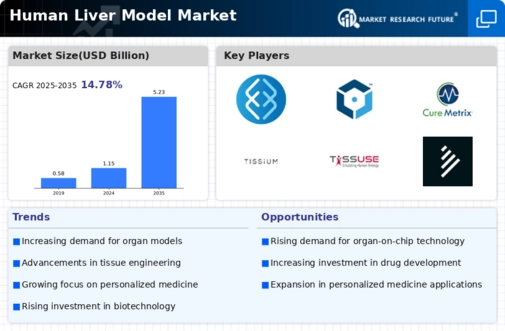
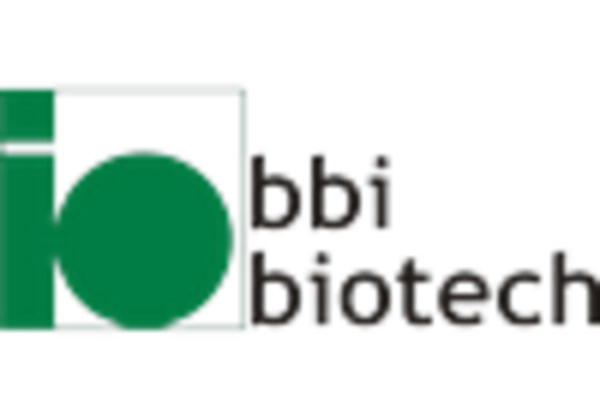
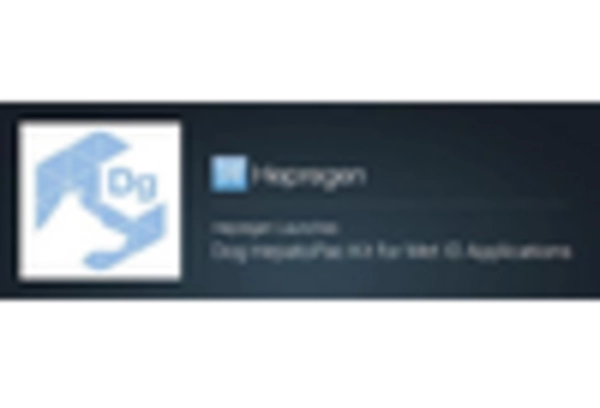


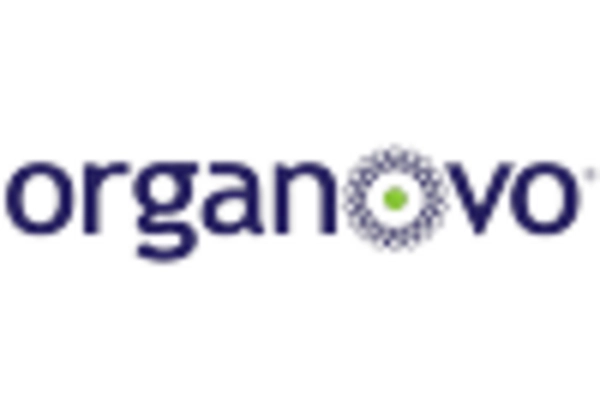
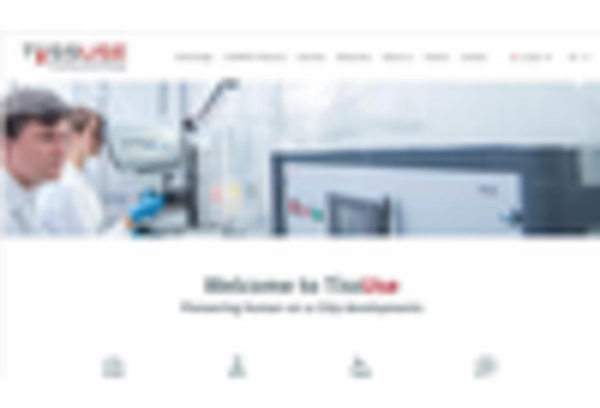








Leave a Comment